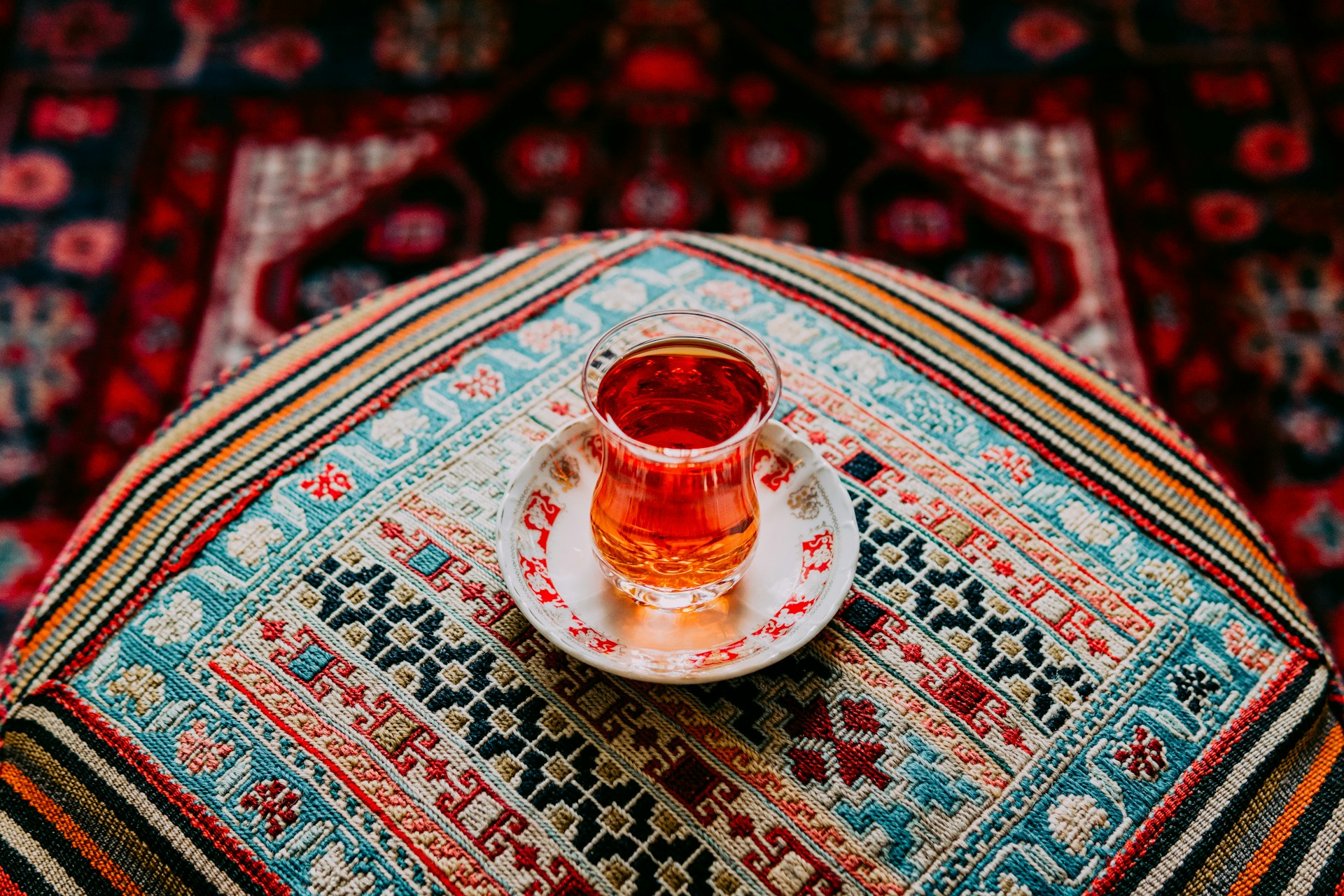Introduction:
Rugs are more than just floor coverings; they are an essential element of interior design that can elevate the aesthetic of any room. Traditional rugs, in particular, bring a timeless charm and cultural richness to spaces. In this comprehensive guide, we’ll explore seven distinct traditional rug styles, each with its unique heritage and design elements. From Persian masterpieces to intricate Oriental patterns, these rugs not only add warmth to your home but also tell a story through their intricate weaves. Follow Theluxeblog for more tips and inspiration as you embark on the journey of selecting the perfect traditional rug to enrich your home’s ambiance with cultural richness and heritage.
1. Persian Rugs:
Persian rugs are synonymous with unparalleled craftsmanship and exquisite artistry. Hailing from Iran, these rugs often feature intricate floral patterns, medallions, and rich color palettes. The use of high-quality materials like wool or silk ensures not only durability but also a luxurious feel underfoot. A Persian rug can become the focal point of any room, effortlessly blending tradition with opulence.
2. Oriental Rugs:
Originating from various Asian regions, Oriental rugs encompass a wide range of styles, including Persian, Turkish, and Chinese influences. These rugs often showcase intricate geometric patterns, floral motifs, and symbolic designs. Oriental rugs are known for their versatility, seamlessly fitting into both traditional and contemporary interiors. The exquisite detailing and fine craftsmanship make them a cherished addition to any home.
3. Kilim Rugs:
Kilim rugs, with their flatweave construction, are celebrated for their geometric patterns and vibrant colors. Originating from regions like Turkey, Iran, and Central Asia, Kilims are lightweight and versatile. These rugs are not only visually appealing but also perfect for spaces that require durability. Their flat, tapestry-like appearance makes them an ideal choice for both floors and walls.
4. Moroccan Rugs:
Moroccan rugs, with their distinctive shaggy pile and tribal designs, bring a touch of bohemian flair to interiors. Originating from the Atlas Mountains of Morocco, these rugs often feature bold geometric patterns in neutral tones. The plush texture of Moroccan rugs adds warmth and comfort, making them a popular choice for living rooms and bedrooms. Their versatility complements a range of interior styles, from modern to eclectic.
5. Afghan Rugs:
Afghan rugs, crafted by skilled artisans in Afghanistan, reflect the rich cultural heritage of the region. These rugs often feature deep, earthy tones and intricate tribal patterns. Handwoven with wool, Afghan rugs are known for their durability and timeless appeal. The unique combination of traditional design and craftsmanship makes them a valuable addition to homes seeking a touch of nomadic charm.
6. Indian Dhurrie Rugs:
Dhurrie rugs from India are celebrated for their vibrant colors and artistic designs. Traditionally flatwoven, these rugs often showcase geometric patterns, floral motifs, or intricate detailing inspired by Indian art and culture. Dhurrie rugs are lightweight and easy to maintain, making them a practical yet stylish choice for various rooms in your home.
7. Turkish Rugs:
Turkish rugs, steeped in centuries-old traditions, are recognized for their impeccable craftsmanship and intricate designs. These rugs often feature bold colors, medallions, and geometric motifs. Hand-knotted Turkish rugs, made from high-quality wool or silk, exude a sense of luxury and sophistication. Whether displayed as a centerpiece or layered for added depth, Turkish rugs bring an air of timeless elegance to any space.
Conclusion
Traditional rugs are not just floor coverings; they are expressions of culture, craftsmanship, and timeless beauty. From the intricate patterns of Persian rugs to the vibrant colors of Moroccan rugs, each traditional style brings its own unique story to your home. When choosing a traditional rug, consider the room’s functionality, harmonize with existing decor, understand rug materials, and be mindful of room size and rug dimensions.
Read More Blogs: https://techsponsored.com/

